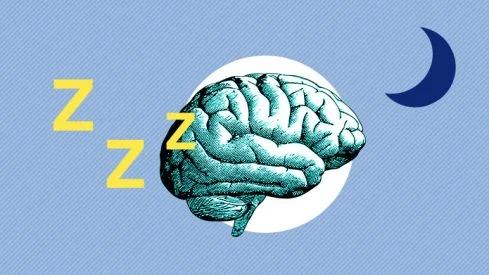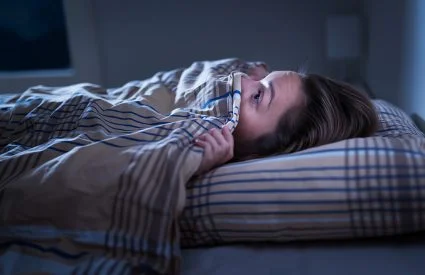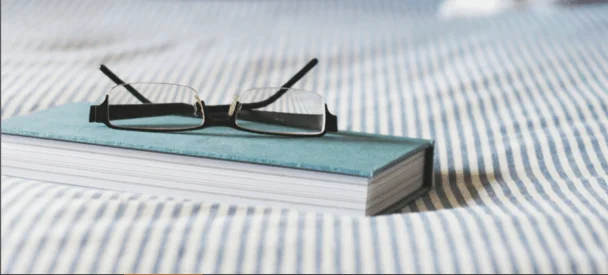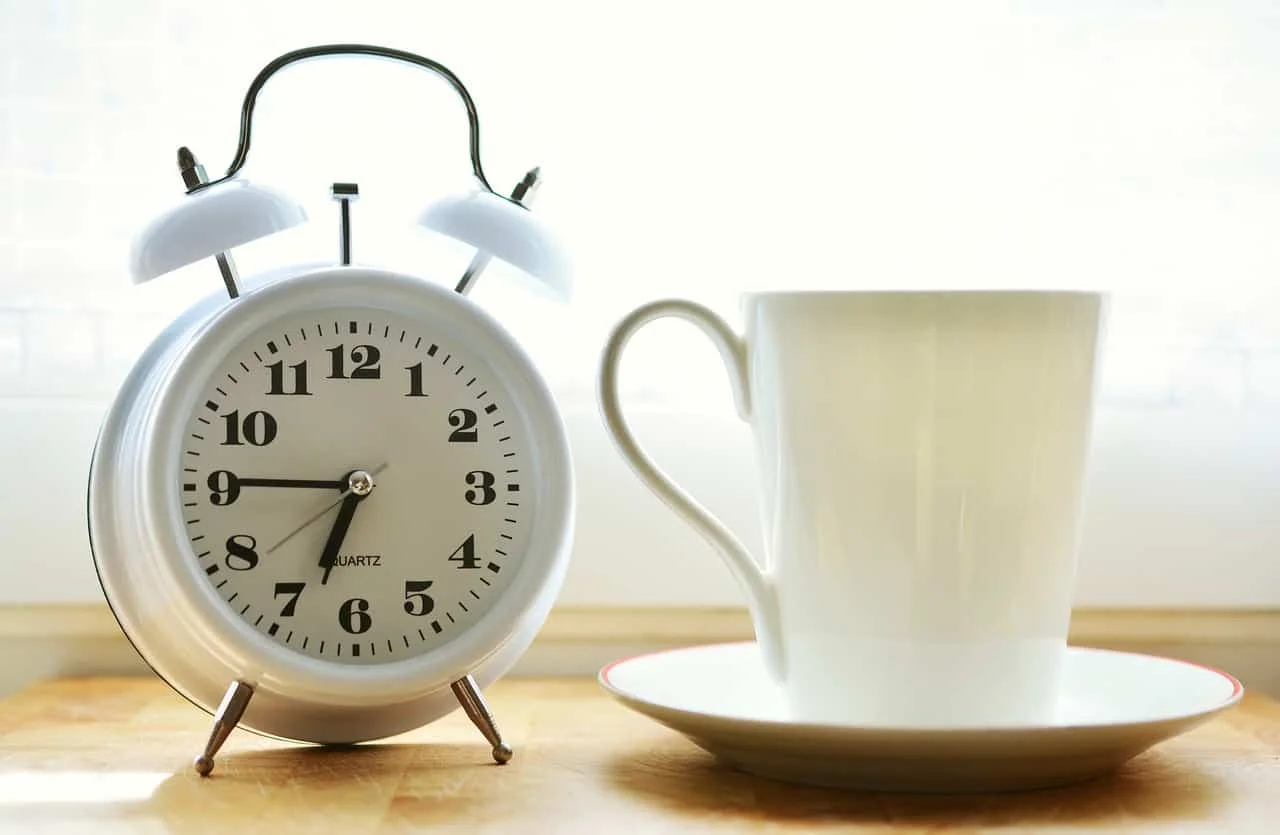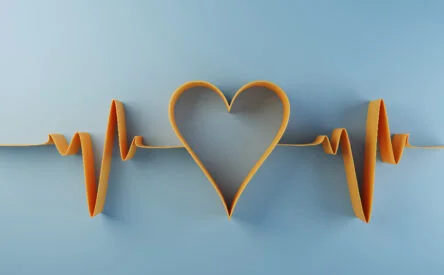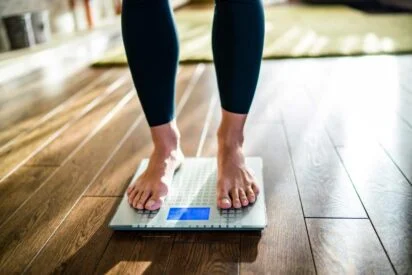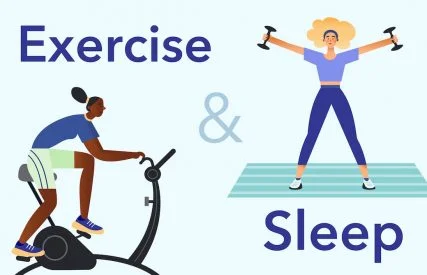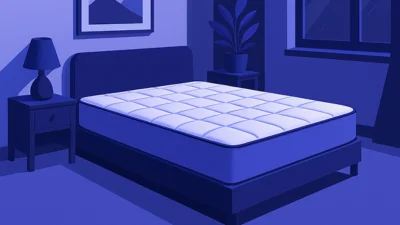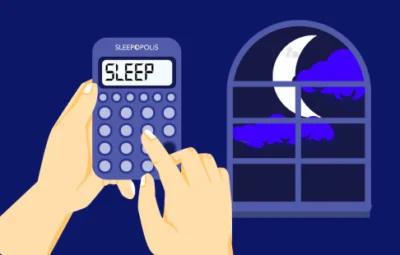
Who doesn’t love a good nap? In many Mediterranean cultures, midday naps are an important part of life. But some researchers in Spain noticed a possible connection between naps and developing atrial fibrillation later in life. They launched a study to find out more, and discovered some surprising answers.
What Is Afib?
Atrial fibrillation, or Afib, happens when a chamber of your heart, called the atrium, stops responding to electrical signals. The heart beats in a regular rhythm because of electricity prompting that muscle to squeeze, pushing the blood out and letting more in.
If your atria can’t get those signals, they will flutter instead of squeeze. This fluttering action can cause blood clots to form, which leaves you at a higher risk of heart attack and stroke.
The Study Results
The SUN project, an ongoing series of studies that started in 2000, is still going strong. For this specific study, researchers followed a total of 20,348 participants with no afib at baseline for about 14 years. They tracked how many naps they took, and how long they slept on average.
By the end of the trial period, researchers found a strong connection between daytime napping and the development of atrial fibrillation. The study isn’t 100% conclusive, though. “While these results are certainly interesting and warrant further investigation, I would have appreciated additional data points like nightly sleep duration as well as the presence of sleep disorders,” says Chester Wu, MD, sleep medicine physician in Houston, TX.
“However,” Wu explains, “their guidance to keep your naps on the shorter side makes sense for several reasons, many of which the authors list in their study.” Study results showed that if participants napped less than 30 minutes per day, they did not develop afib any more than those who didn’t nap at all.
If they slept 15 minutes or less, their afib incidence went down even further. But people who napped more than 30 minutes daily were 90 percent more likely to experience afib than the non-nappers.
Why Long Naps Can Cause Afib
Why would napping lead to a heart problem like atrial fibrillation? One theory points to circadian rhythm disruption. “Longer naps [have] potential to disrupt the body’s circadian rhythm, which can lead to many negative health outcomes, including cardiovascular issues,” Wu says. Your body follows cues from the sun, and knows when it’s day and when it’s night.
If you nap too much during the day, you may sleep less at night, or wake up frequently. Experts have long known that poor sleep can lead to heart problems, and if your naps disrupt your sleep, heart problems can follow.
Short naps, on the other hand, offer a long list of health benefits, according to the American Heart Association (AHA). Power naps can:
- Boost performance
- Curb stress
- Improve memory
- Lessen fatigue
- Lower the risk of heart disease
You read that right: short naps can keep your heart healthier. “I…recommend napping to my patients who would like to use naps to pay back some sleep debt or to get a midday energy boost,” says Wu, who encourages patients to nap for 20 to 30 minutes.
How to Take Healthy Naps
You don’t have to wave a sad goodbye to naps altogether–you can include a nice midday snooze in your routine. As you’ve read, long naps can hurt your heart, but short naps can boost your health in more ways than one. Here’s how you can keep your naps working for you instead of against you.
Set a Timer
Worried you’ll drift off and wake up two hours later? Set a timer on your phone, computer, or bedside alarm to nudge you back to consciousness around the 30-minute mark.
Nap Early
Try not to nap too late in the day. Dr. Wu recommends napping early or mid-afternoon to get the most out of your nighttime sleep. Later naps can also disrupt your circadian rhythm and cancel out the benefits of a short snooze.
Ease Out of Long Naps
“For those who are used to frequent long naps,” says Wu, “I recommend capping your nap at 90 minutes. This is a typical napping best practice because you want to be sleepy enough at bedtime to fall asleep quickly.” You don’t have to quit long naps cold-turkey, but instead, you can cut yourself off a little at a time until you reach a goal of 20 to 30 minutes per nap.
Sources
Diaz-Gutierrez J, Baron-Esquivias G, Martinez-Gonzalez MA, et al. Daytime napping and the risk of atrial fibrillation in the SUN cohort. European Journal of Preventive Cardiology. 2024;(Supplement_1). doi:10.1093/eurjpc/zwad125.16
Nesheiwat Z. Atrial Fibrillation – StatPearls – NCBI Bookshelf. National Center for Biotechnology Information. Accessed June 2, 2024. https://www.ncbi.nlm.nih.gov/books/NBK526072/
Ángel Martínez-González M. The SUN cohort study (Seguimiento University of Navarra). Public Health Nutrition. 2006;(1a):127-131. doi:10.1079/phn2005935
How Does Sleep Affect Your Heart Health? | cdc.gov. Centers for Disease Control and Prevention. Published January 4, 2021. Accessed June 2, 2024. https://www.cdc.gov/bloodpressure/sleep.htm#
Enjoy your nap, but be aware of the pros and cons | American Heart Association. www.heart.org. Published July 22, 2020. Accessed June 2, 2024. https://www.heart.org/en/news/2020/07/22/enjoy-your-nap-but-be-aware-of-the-pros-and-cons
Häusler N, Haba-Rubio J, Heinzer R, Marques-Vidal P. Association of napping with incident cardiovascular events in a prospective cohort study. Heart. 2019;(23):1793-1798. doi:10.1136/heartjnl-2019-314999
